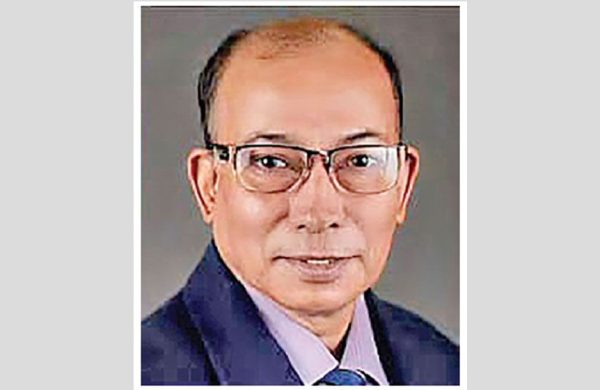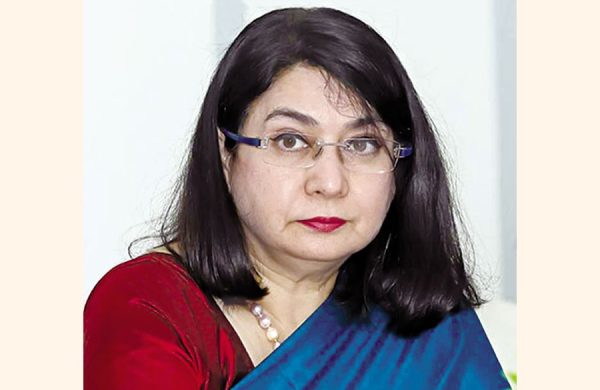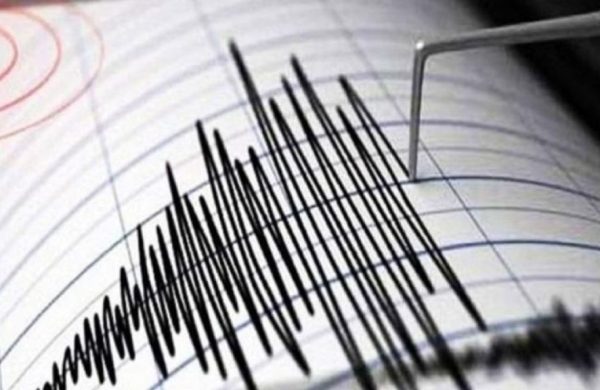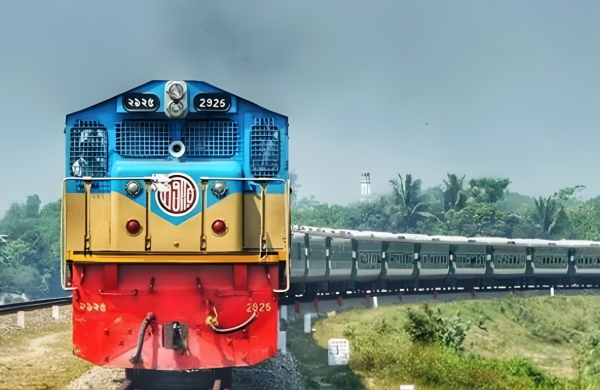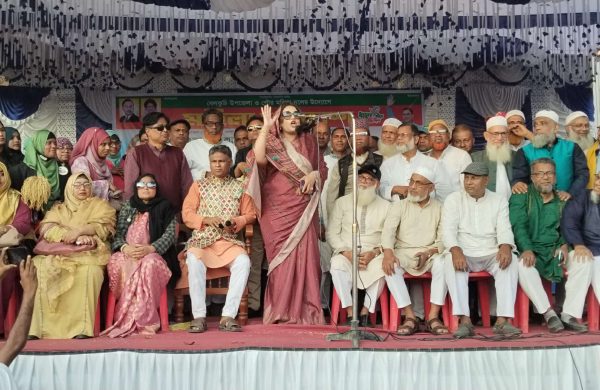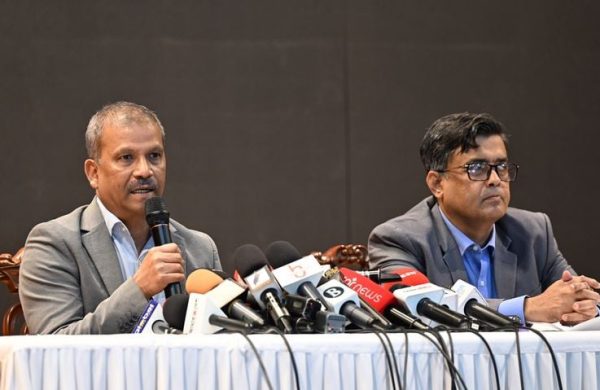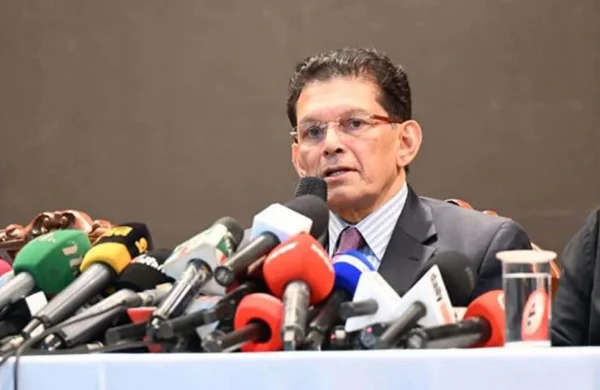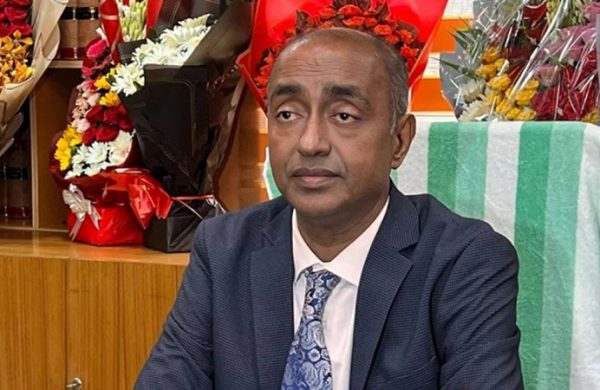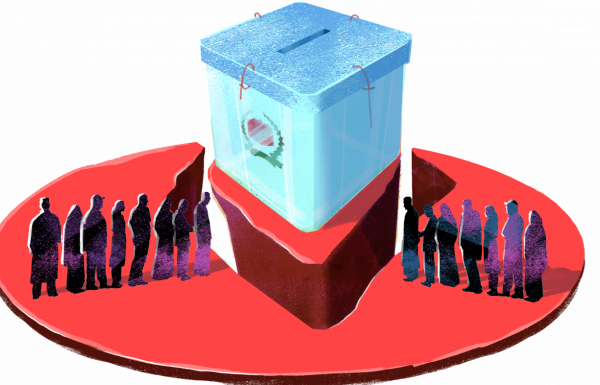Selecting sensors for smart crop management can maximize farmers’ benefits
- Update Time : Wednesday, June 19, 2024
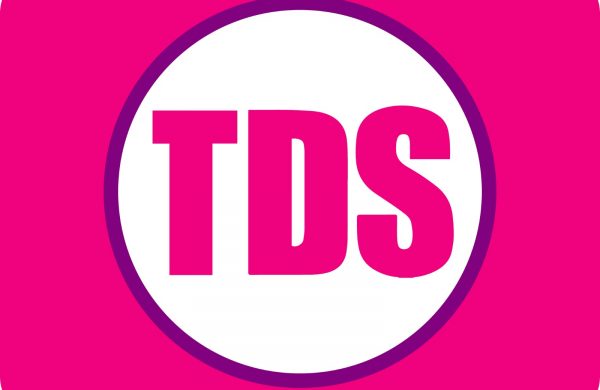
—PROF MD ROSHIDUL HASAN—
Let’s consider the story of Ritu. She lives in a small village in the heart of Bangladesh. Her parents were farmers, and she had grown up helping them on their farm. As she reached her teenage years, she became increasingly curious about the world beyond her village. One day, Ritu heard about a program that was being held in a nearby town. It was about the latest advancements in technology and how it could help farmers in improving their crop production. Excited by the prospect, Ritu convinced her parents to let her attend the program.
At the program, Ritu was introduced to the concept of the Internet of Things (IoT) and its potential in agriculture. She learned that with the help of sensors and other IoT devices, farmers could monitor and control various aspects of their crops, such as soil moisture, temperature, and humidity, in real-time. This could help them make better decisions and ultimately increase their yield while reducing costs. Ritu was fascinated by this technology and knew that it could greatly benefit her family and other farmers in her village. She was determined to bring this knowledge back to her community and implement it in their farming practices.
She started by talking to her parents and other farmers in the village, explaining to them the benefits of using IoT in agriculture. Then, Ritu and her fellow villagers were able to set up a smart crop management system on their fields. They used sensors to monitor the soil moisture and temperature, for fertilizer recommendation, and even a weather station to track changing weather patterns. The results were astounding. Ritu and her community were able to increase their crop production while minimizing their production costs significantly. By constantly monitoring the soil and weather conditions, they were able to make informed decisions on when to water, fertilize, and harvest their crops. This led to a more efficient use of resources and a better yield.
Word of their success quickly spread to neighboring villages, and soon Ritu found herself receiving invitations to speak at various conferences and workshops. She became a role model for young girls in her village, inspiring them to pursue their dreams and make a difference in their community.
—Selecting appropriate sensors for crops is important—
The selection of appropriate sensors for smart crop management in Bangladesh is not just a technical decision, but a strategic one. It’s a crucial step that can significantly maximize the benefits for our farmers, especially in the face of the unique agricultural challenges we face. For decades, the agricultural sector in Bangladesh had faced numerous challenges – from unpredictable weather patterns to lack of access to technology and resources. However, the tide was beginning to turn with the emergence of smart agriculture initiatives. With the help of the government and various organizations, farmers were being introduced to innovative techniques and technologies that would significantly increase their productivity and efficiency, inspiring and motivating policymakers to continue their support. From weather forecasting apps to soil nutrient analysis tools, these initiatives were revolutionizing the way agriculture was being practiced in the country. IoT, smart sensors, and AI have great scopes for acquiring real-time data and interpreting them to monitor soil health, water contents, crop quality, and crop production on a site. IoT enabled technological approaches in agriculture also helps to assess soil health, soil erosion, need of fertilizer, status of soil fertility, and crop quality. Before choosing sensors for smart crop management, we must think of the utilization and purpose of using these sensors coupled with Internet of Things (IoT) and artificial intelligent (AI).
Farmers need the following application areas to use sensors; Automatic Irrigation, Weather Monitoring, Insect and Pest Management, Fertilizer recommendation, Disease control, and Yield Prediction.
Considering the above requirement, the sensors coupled with IoT need to be chosen. What an ideal IoT device consists of: input/output interface for sensors, interface for connecting to internet, interface for memory and storage, interface for audio/video.
We also need to consider that IoT should couple with; wireless sensors network, cloud computing, security and communication protocols, data analysis and web services.
—Advantages of agriculture sensors—
- Sensors in agriculture were invented to meet the increasing demand for food with minimum resources such water, fertilizers and seeds.
- They are easy to operate and use and easy to maintain.
- Sensors are cheaper in price and best in quality.
- They can be used for measuring pollution and global warming for their fields and crops.
- These sensors are equipped with wireless chips so that they can be controlled remotely.
—Questions farmers should ask when choosing sensors—
- Does this sensor only provide data using its display board?
- Are these sensors compatible with Bluetooth collection so that any mobile phone (devices) can be connected with a sensor to receive data?
- Are these sensors coupled with wireless connectivity so that it can directly connect with cloud?
- Are these sensors supporting independent protocol to support multi-language interface?
—Kinds of sensors—
Optical sensors: Optical sensors are used in agriculture to understand the properties of the soil and crop by the analysis of the amount of reflected light on the growing parts of the crop in real-time. Also used to study crop vigor by including the biomass of the soil and nitrogen to other gasses ratio in the soil as variables. This helps farmers regulate the moisture levels in the air and soil and prevent damp conditions.
Electrochemical sensors: Mainly used to monitor the levels of phosphorous, potassium, calcium, sodium, nitrogen, copper, and iron.
Mechanical sensors: Mechanical sensors determine the force roots exert to absorb water, which is used to optimize tilling methodologies and water inflow.
Dielectric soil moisture sensors: Dielectric soil moisture sensors are used to monitor the soil’s moisture levels to help optimize irrigation management methods. Water potential sensors and tensiometer sensors are the two prominently used dielectric soil moisture sensors used in precision farming.
Airflow sensors: Airflow sensors are used to record the number of gaseous substances present in the soil at a particular landscape after irrigation or to get an overview of the land to be cultivated before the seeding process. They are also used to determine the properties of the soil, its compaction, moisture-holding capacity, and more.
Location sensors: GPS-based sensors, GIS-based sensors, and manned and unmanned aerial devices like drones and satellite imagery help to analyze the land and soil composition in the cultivated region in three dimensions. Location-based sensors help farmers get greater insights into the cultivable land by increasing angles of examination of specific sections of the plot and unlocking greater value.
Acoustic sensors: Acoustic sensors determine soil texture by measuring the change in noise level caused by a tool’s interaction with soil particles. However, a low signal-to-noise ratio prevented the development of this technology.
(The writer is Senior Associate, Networks and Youth Engagement at Center for Research and Information. Views expressed in the article are his own.)


